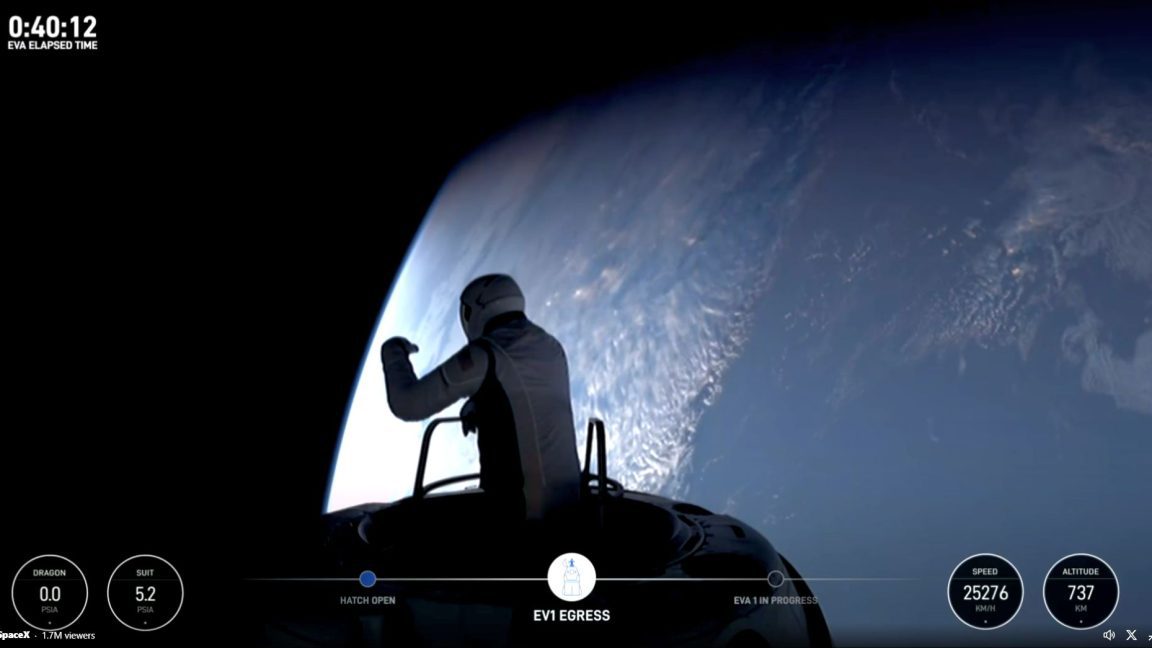
“When I view an image like this, it’s impossible not to feel an invigorating sense of hope for the future,” he expressed. “It’s essential for people to grasp the profound significance of sending humans to another planet.”
Isaacman highlighted the advantages of developing cutting-edge technologies, including advancements in propulsion systems, habitability solutions, power generation techniques, in-situ resource utilization, and manufacturing processes.
“We will establish systems, countermeasures, and medications to support human life in extreme environments, tackling challenges such as radiation exposure and microgravity during prolonged missions,” he explained. “These innovations will lay the groundwork for more affordable and frequent crewed and robotic expeditions throughout the solar system, creating a self-reinforcing cycle that propels transformative discoveries.”
Moreover, Isaacman emphasized the importance of initiating efforts for humanity to exist beyond Earth for the species’ long-term survival. This achievement, he noted, would inspire a new generation of innovators in science and technology.
“Accomplishing such an extraordinary feat—like landing American astronauts on another celestial body—will spark generations of visionaries to build on these successes, establish even loftier objectives, and advance humankind’s most significant journey,” he asserted.
When asked about his views on sending humans to Mars during the launch window in late 2028 or early 2029, Isaacman mentioned he is currently not part of NASA’s planning discussions. However, he believes that the United States should begin making serious strides toward human missions to Mars.
“We ought to allocate a substantial amount of resources along with an intense work ethic to turn this vision into reality,” he stated. “Even achieving 90% of the goal in the near future would place humanity on an extraordinary path for the long haul.”









